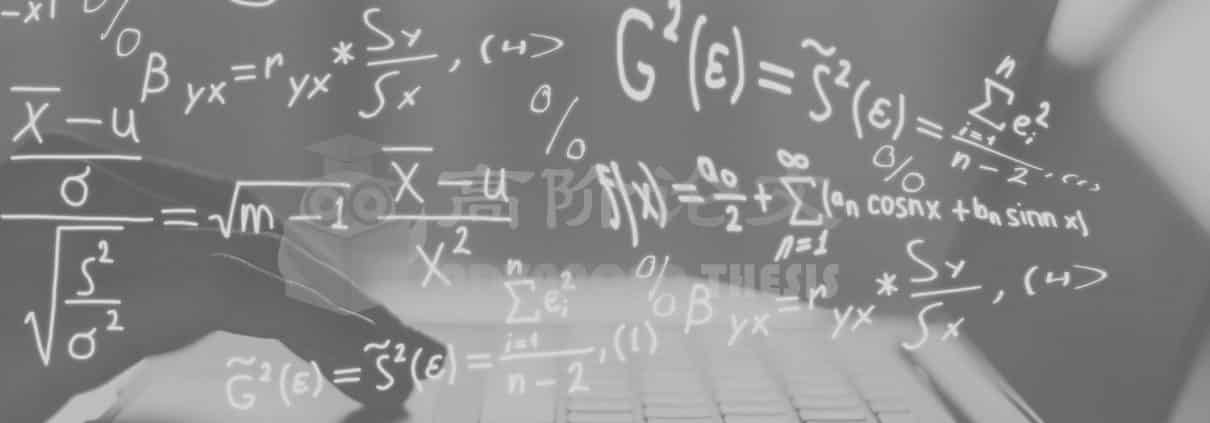澳洲凯恩斯论文代写:审计
澳洲凯恩斯论文代写:审计
审计师对财务报表的不当意见会导致审计风险。它发生在下列情况。当审计师发出不合格报告当资格的合理理由,或一个合格的审计报告发出时,不需要这样的资格,或者如果审核员不能突出他/她的审计报告一件非常重要的事,或当审计师提供的意见可能不合理由于性能审计范围的局限性。审计风险中有三个要素。它们是:固有风险、控制风险和检测风险。论文重点研究了审计风险的各个要素及其与审计费用的关系。
本研究的主要意义是它主要侧重于实证研究,其结果不像调查,主要是使用了许多以前的研究。在此背景下,对审计风险及其构成进行了一定的假设。在方法论部分中的假设进行了详细描述。在这些假设的基础上,研究和分析了审计风险与审计价格的关系。审计价格与审计风险的组成部分的关系也估计。和审计价格与固有风险的关系,审计风险的主要组成部分之一,在这项研究中也进行了评估。以这种方式,本研究试图将重点放在填补了现有研究的空白。
第三章包括绪论、研究背景、研究目的和问题,以及研究的启示。2章重点介绍了相关文献的回顾以及它是如何与研究的目的相关的。3章解释了用于获得本论文的数据的方法和过程。第4章有结果和分析。总结的结果和研究结果,研究的局限性,得出的结论,并讨论和建议,为进一步研究提出了第5章。
澳洲凯恩斯论文代写:审计
The inappropriate opinion of auditor on the financial statements leads to audit risk. It occurs in the following circumstances. When an auditor issues an unqualified report when a qualification is rationally justified, or a qualified audit report is issued when there is no need for such qualification, or if the auditor fails to highlight a substantial matter in his/her audit report, or when an auditor provides an opinion which may not be reasonable due to the limitations on the scope of performance of audit. There are three elements in audit risk. They are: inherent risk, control risk and detection risk. The dissertation focuses on each element of audit risk and its relationship with audit fees.
The main significance of this research is it mainly focuses on the empirical study and its results unlike surveys that were mainly used by many prior researches. In this context, certain assumptions are made to estimate audit risk and its components. The assumptions are described in detail in methodology section. Based on these assumptions, the relationship of audit risk with audit price is studied and analyzed. The relationship of audit price with the components of audit risk is also estimated. And the relationship of audit price with inherent risk, one of the main components of audit risk is also evaluated in this study. In this way, the study tries to focus on filling the gaps in the prior researches.
Chapter 1 consists of introduction, research background, research objectives and question, and the implications of the study. Chapter 2 focuses on the review of associated literature and how it is related to the objective of research. Chapter 3 explains the methodology and processes used to obtain data for the dissertation. Chapter 4 has results and analyses. Summary of results and findings, limitations of the study, conclusions drawn from the findings, and discussion and suggestions for further research are presented chapter 5.







